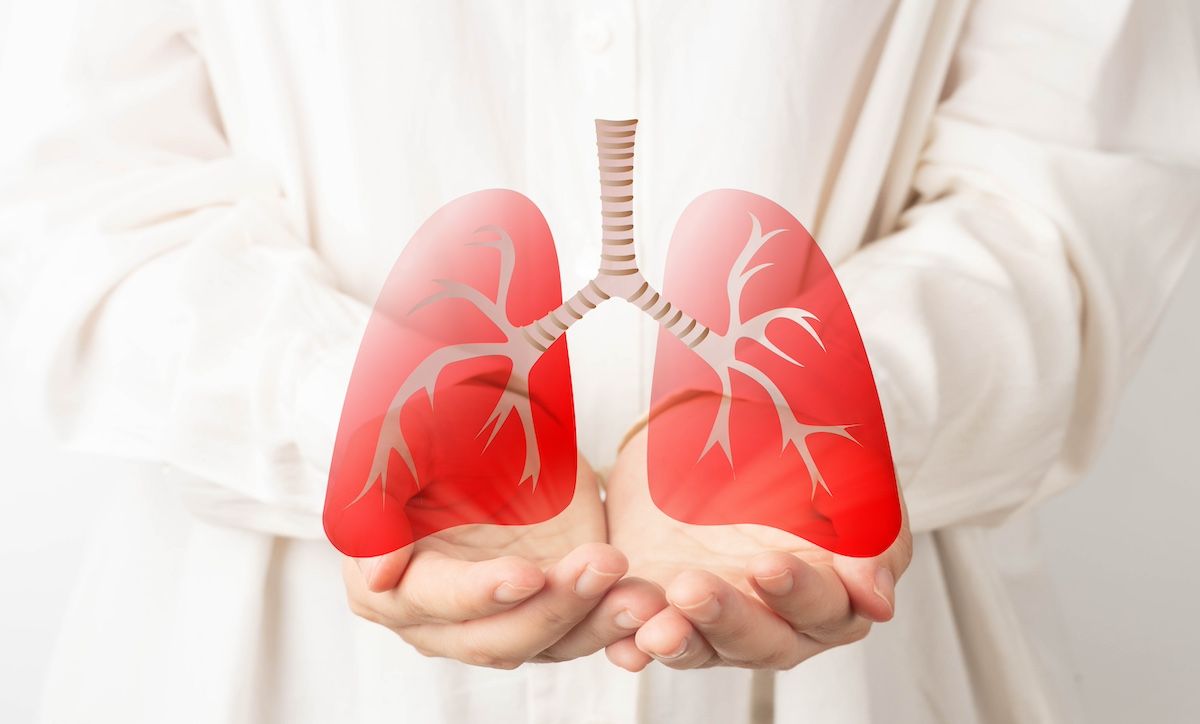- Center on Health Equity & Access
- Clinical
- Health Care Cost
- Health Care Delivery
- Insurance
- Policy
- Technology
- Value-Based Care
Why Right Heart Catheterization Confirming PAH Diagnosis May Be Underperformed
Professional guidelines say that when pulmonary arterial hypertension (PAH) is diagnosed, right heart catheterization should be performed, but a quarter of the time, it isn’t—so investigators set out to discover why.
Only 75% of patients undergo right heart catheterization at pulmonary hypertension diagnosis to confirm the diagnosis.
Image credit: Orawan - stock.adobe.com

Hemodynamic assessment by right heart catheterization (RHC) remains the “gold standard” for accurately diagnosing pulmonary arterial hypertension (PAH), but not enough physicians have their patients undergo this test at diagnosis, according to authors of a study published in Current Medical Research and Opinion.1,2
About 75% of patients—an insufficient number, the investigators noted—undergo RHC, according to the results of a real-world international survey of 293 physicians across the US, France, Germany, Italy, Spain, United Kingdom, and Japan who treated patients with PAH between March and August 2022.
The authors’ findings indicated the top 5 factors making it most likely that a patient will undergo RHC at diagnosis to confirm PAH: (1) higher New York Heart Association functional class (NYHA-FC III, indicating more severe disease; OR, 1.520); key PAH symptoms: (2) dyspnea (OR, 1.476), (3) palpitations (OR, 1.310), and (4) cyanosis (OR, 1.268); and (5) being diagnosed at a pulmonary hypertension specialist center (OR, 1.259). The authors gleaned this from their analysis of cross-sectional, retrospective data from the Adelphi PAH Disease Specific Programme.
Of the 529 patients included in the data, 395, or 75%, underwent RHC at the time ofPAH diagnosis. However, the percentage varied by country, from 64% in the US to 92% in France.
Invasiveness a Consideration
The metrics recommended by the 2022 European Society of Cardiology/European Respiratory Society guidelines for the diagnosis of PAH are available only by RHC. The presence of precapillary pulmonary hypertension—of which PAH is a rare, progressive form—is determined by a mean pulmonary arterial pressure of > 20 mmHg at rest, pulmonary arterial wedge pressure of ≤ 15 mmHg, and pulmonary vascular resistance of ≥3 Wood units. Overall, RHC “allows for accurate evaluation of hemodynamic parameters and provides important prognostic information,” declared the authors.
There’s no denying that RHC is an invasive technique, and that those who perform the procedure should have considerable expertise and utilize rigorous methodology with standardized protocols to protect the patient and safely collect reliable information. But RHC is key to avoid misdiagnosis and inappropriate treatment, the authors pointed out, and few contraindications for RHC actually exist.
In fact, when performed in specialist centers, RHC is associated with low rates of complications and mortality, the authors wrote. Yet their data analysis indicated that “the relatively high RHC refusal rate may be due to concerns around risk associated with the invasive procedure.”
A Deeper Look at Choices
The authors wanted to identify potential barriers to performing RHC more frequently at PAH diagnosis by further understanding patients and care settings where RHC isn’t being as routinely performed as they believe it should.
Originally, physicians provided data for 1189 patients with PAH; 529 patients had complete data for all covariates within the least absolute shrinkage selection operator regression model and could be included in the analysis. Of these, 148, 281, and 100 were from the US, Europe, and Japan, respectively. By specialty, more than 85% of participating physicians were either cardiologists (44.8%) or pulmonologists (42.5%); 8.9% were rheumatologists and 3.8% were internists.
Among the 124 patients who did not receive RHC at PAH diagnosis, the most frequently reported reasons were patient refusal (33.9%) and being deemed unnecessary by the managing physician due to other testing indicating PAH (29.0%). Also, in 21.0% of patients, their physicians intended to perform RHC at some point in the future. Eventually, 19.4% of this 124-patient cohort did undergo RHC at some point post diagnosis.
The authors showed that statistically, the top 5 predictors of RHC not being performed to confirm a PAH diagnosis were (1) the patient experiencing symptoms of bronchospasm at diagnosis (OR, 0.329); (2) concomitant chronic rhinosinusitis (OR, 0.385); (3) physician-reported “low risk” at diagnosis (OR, 0.503); (4) patient having full-time employment (OR, 0.648); and (5) concomitant hypertension (OR, 0.657).
RHC needs to be further emphasized as a tool to help achieve accurate diagnosis of PAH, particularly within nonspecialist settings, the authors emphasized. To decrease patient refusal rates, the investigators suggested that physicians do the best they can to communicate clearly with patients and reassure them about potential concerns.
“Omitting RHC from the diagnostic workup or taking the incorrect measurement or interpretation can increase misdiagnosis likelihood and result in inappropriate treatment, mainly in patients with post capillary pulmonary hypertension due to left ventricular diastolic dysfunction,” warned the team.
References
1. Vizza CD, Klok R, Small M, Castellano G, Harley J, Lautsch D. Predictive factors of right heart catheterization to diagnose pulmonary arterial hypertension using least absolute shrinkage selection operator (LASSO) regression.Curr Med Res Opin. 2024;40(10):1667-1672. doi:10.1080/03007995.2024.2397075
2. Humbert M, Kovacs G, Hoeper MM, et al;ESC/ERS Scientific Document Group. 2022 ESC/ERS Guidelines for the diagnosis and treatment of pulmonary hypertension. Eur Heart J. 2022;43(38):3618-3731. doi:10.1093/eurheartj/ehac237
